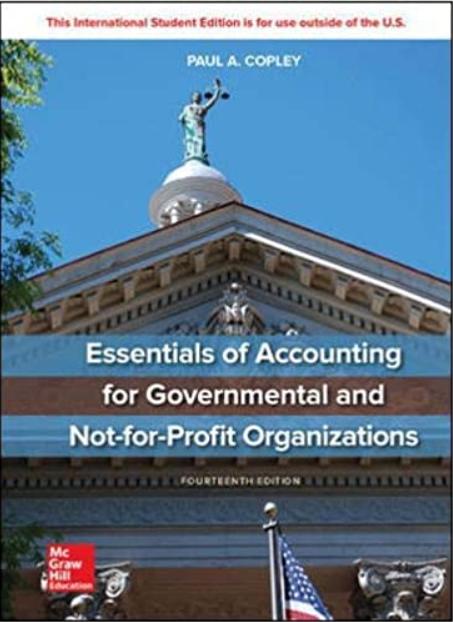maintained stocks of finished cartons, but it also packaged, labeled, and shipped the client products. Sheeter Replacement The decision facing Murry Pitts was whether to replace the current sheeter with a new one that had higher capacity. Exhibit 3 shows a schematic of the proposed new sheeter. At the time, the sheeter was operating at capacity and processing 10 tons of roll paper a day." Pitts estimated he could probably increase his use of roll paper by 60% if he had additional capacity. Precut paper cost about $1,010 a ton, whereas paper from rolls cost about $915 a ton. The new sheeter would cost about $700,000 installed and would be ready to operate in early 2010. Pitts estimated he would use the new sheeter for eight years and then sell it for $120,000. Despite the eight-year useful life, the new sheeter would be depreciated over five years on a straight-line basis. The new machine would take up more room than the old sheeter (15,000 square feet versus 10,000) and therefore incur an additional overhead fee of $22,500 (at the warehouse rate of $4.50 a square foot per annum). The old sheeter would be sold for $25,000, which was below the current book value of $36,000. The old sheeter had had two more years of depreciation left at $18,000 a year. Pitts recognized that comparing a new machine with an eight-year life to an old one almost fully depreciated was not quite appropriate since the old machine would not be expected to last eight more years. Operations Manager Tony Rossi estimated that if he spent $125,000 in both 2011 and 2015 to refurbish the old sheeter, it would last another eight years. The capacity of the new sheeter would be 40 tons a day running two shifts at 20 tons a shift, more than enough to handle current maximum sheeting needs." Variable operating costs (excluding labor) would be $70.25 a ton, which was lower than the current operating cost of $80.36 a ton. To the extent that the new sheeter could accommodate sheeting needs in one shift rather than two. Carded Graphics would be able to reassign one sheeting employee and thus avoid hiring a new employee, saving $60.000 a year. If production required a return to two shifts, a hire would become necessary. e Oo A-8- UV5144 Rossi estimated that the new sheeter would reduce waste in two ways. First, the waste produced by the old sheeter during sheeting was 3.8% and that would be lowered to about 2.4% with the new machine. Second, the sheeting process also affected waste in later (downstream) processes. Downstream waste for both internally and externally sheeted paper was currently 1.8%. The new sheeter would produce sheets that were far flatter than those produced by the old machine or purchased externally. This would improve sheet handling both in latter operations and reduce waste to somewhere between 0.8% and 1.6%. The net effect of the sheeter replacement on inventory was not entirely clear. Paper already sheeted would typically arrive four days before it was used. If the paper was bought in rolls, it would spend five days as a roll and then two days as sheets before being used. Thus, there would be an extra three days of physical inventory." However, the increase in inventory volume would be offset to some extent by the lower roll price. An important consideration for Pitts was how volumes and costs would evolve over time. He had seen substantial growth. In the future, he expected a minimum of 3% growth but would not be surprised to see growth of 7% or 8%. In either event, the unused capacity of the new sheeter would soon be employed. He estimated that all costs would increase by about 2% a year except paper. The cost of paper fluctuated widely and was an important source of uncertainty in his business. It would certainly matter in this analysis since the central motivation for the replacement was the cost of paper. Pitts believed that given decreasing demand, the cost of paper would be unchanged over the next five years. Decision Criteria Pitts said that his central reasoning for any decision, even a capital investment, was whether "the decision would be good for my operations." This is not to say he was focused on annual cash flows: Any large capital investment was going to hurt cash flows in the near term. It was a philosophy based on a firm belief that to be successful financially over the long run, his e Co 9 A








